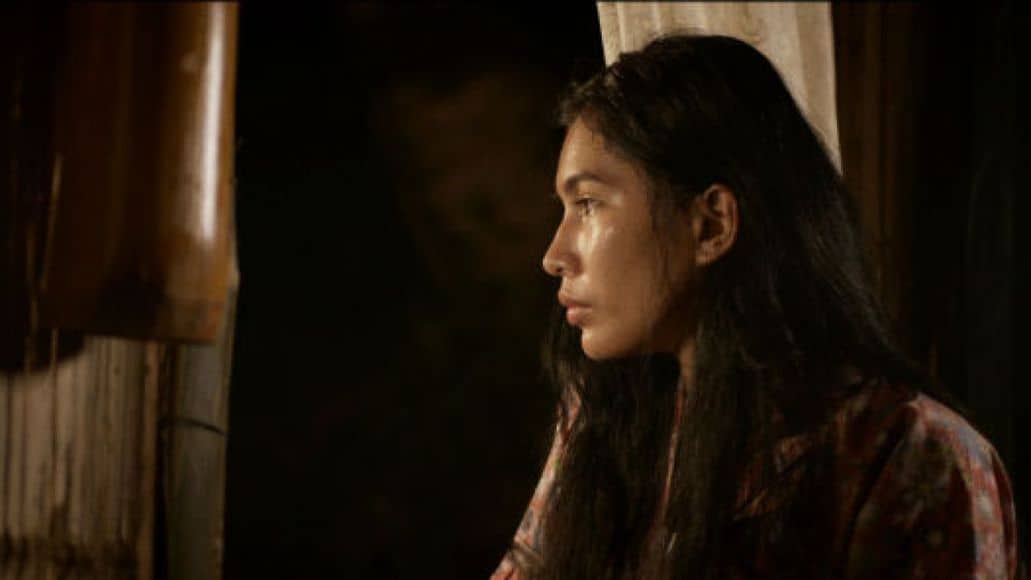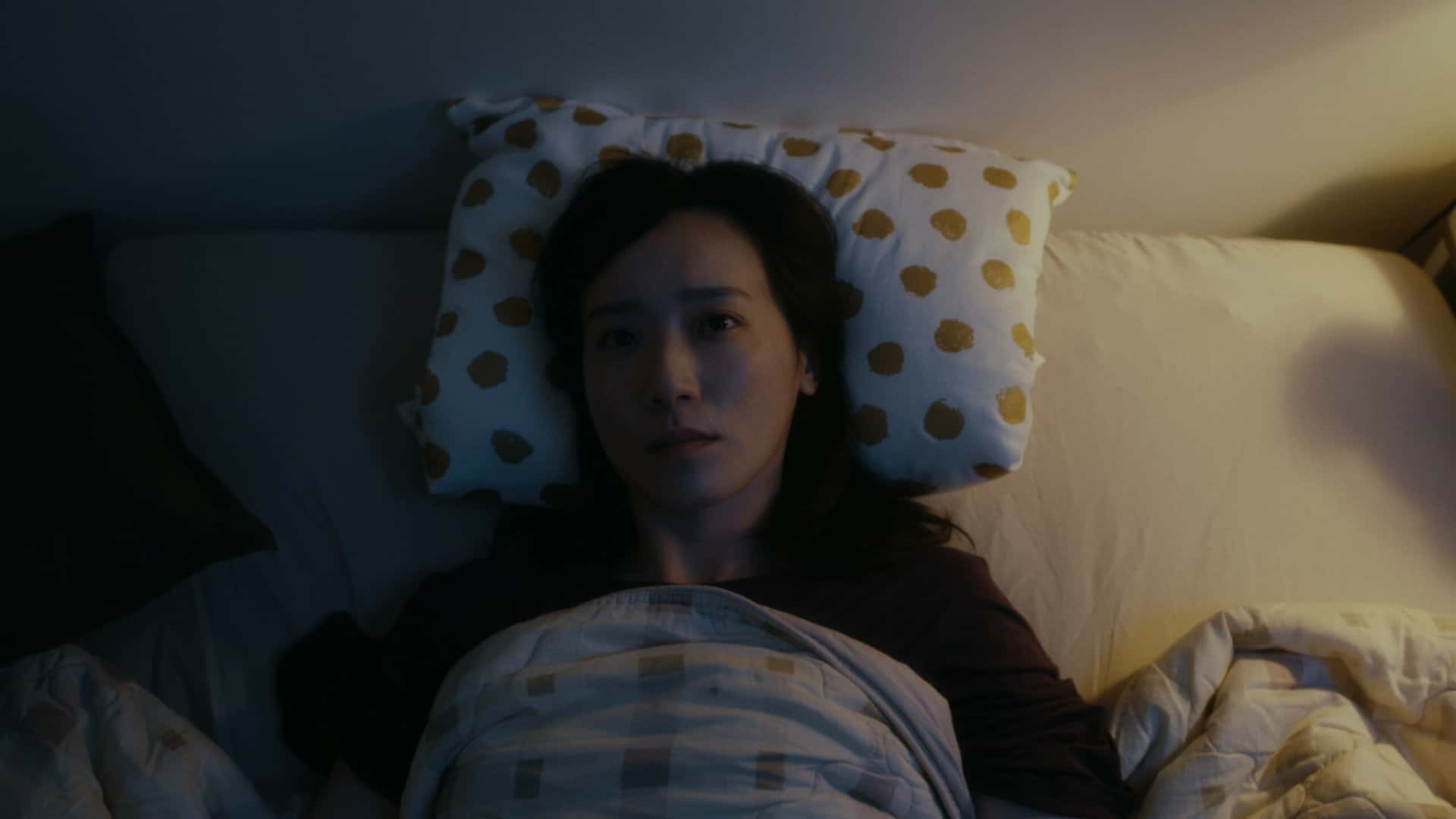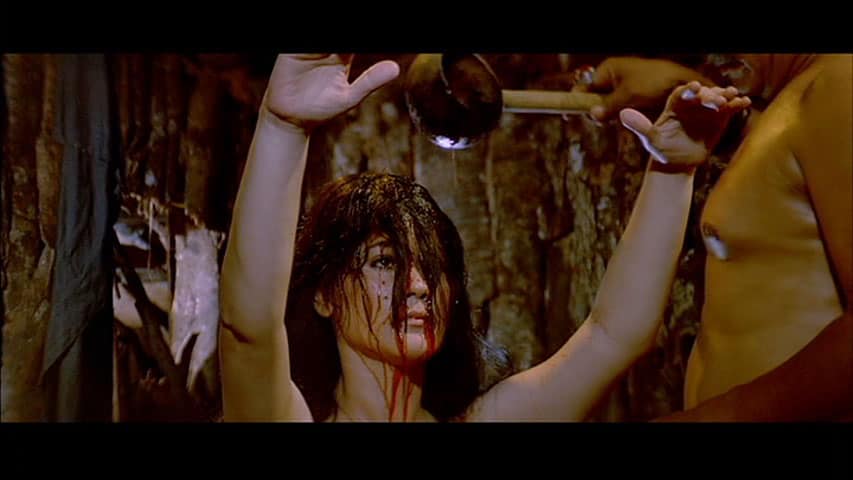Spinning off from the “Jojo's Bizarre Adventure” universe, the character of Kishibe Rohan rests as the one standout from the Joestar family to see moderate success in stand alone series, (including a prominent spot in the Louvre series, “Rohan at the Louvre“). Combine this with the success of the long running Jojo's anime series, also directed by Toshiyuki Kato, Rohan's leap to his own series is no surprise. However “Thus Spoke Kishibe Rohan” focus on the titular character seems secondary, with the 4 episodes mini series offering tales within the “Jojo-verse” with Rohan being the binding factor.
The four different tales that were chosen from the manga series offer a complimentary balance to the work of mangaka Hirohiki Araki, with horror, fantasy, mystery and homo-eroticism to varying degrees. In addition, each tale allows an exploration of recurring themes without being tied to ‘stands' that define the flow of action in the majority of Araki's world. As a result, “Thus Spoke Kishibe Rohan” allows a more stripped back view of Araki as a storyteller and the ability of Toshiyuki Kato to bring that world to life. Undeniably, being able to see this talent removed from the unabashed fandom of Jojo and the meme heavy culture around it will give fans reason to celebrate the eccentric brilliance of its creator.

With the same director and team at the helm, the series aesthetics directly mimic season 3 of “Jojo's Bizarre Adventure” that follows the timeline including Rohan. As a result, the series's use of the same expressive color pallet and sharp character design will resonate a comforting familiarity. This also extends to the voice acting, with the series seeing familiar faces return for a quick word with Rohan. As a result, viewers who enjoyed the aesthetic and vibe of the third season will appreciate that artistic approach of Toshiyuki Kato and his team; notably the bright color pallets and expressive voice acting.
The four episodes, while brief, also tap into the era of anime where the ‘OVA' was common form, often used for more extreme titles that used shock value to make them sought after titles in the West; “Violence Jack”, “Kite”, “Guyver” et al. While the format still exists often as a way to add on an extra episode to the series, many relate it to a nostalgic period marked by early exploration of the medium. While “Thus Spoke Kishibe Rohan” may lack the gritty graphic content that defined the era of OVA violence, it captures a degree of absurdity and shock that helped garner interest in anime throughout the 90's. A perceived nostalgic touch, but one which should resonate with fans whose earlier experience with anime rested with that timeframe.
The obvious downside to being so immersed in the visual styling and narrative of “Jojo's Bizarre Adventure” is that the mini series will likely only work for those who are already fans. With the world by Araki already having a divisive reputation among anime/manga fans, “Thus Spoke Kishibe Rohan” will be a treat for existing fandom and a convoluted mess for those not ‘in the know'. Simply put, the new Netflix original anime series is solely fan-service and is unlikely to bring in new viewers into the fold of the existing fandom.
However, As someone who considers themselves familiar and fond of the franchise, the mini run hits all the right notes resulting in a love letter to the work of Araki. While brief, the series shows the strength of its creator as a storyteller first, whose peculiar mash-up of genres and inspirations has won him a rabid cult following. Ultimately, “Thus Spoke Kishibe Rohan” acts as a perfect complimentary piece to the ongoing Jojo's anime series.















